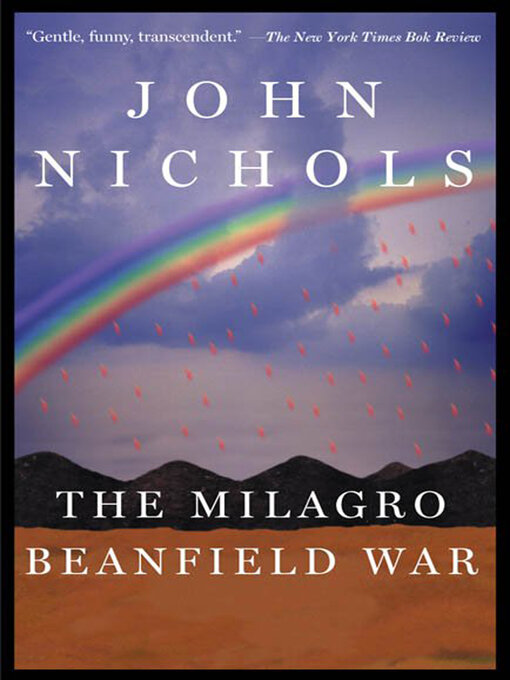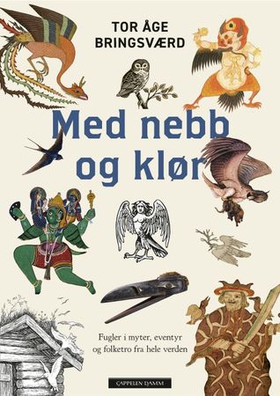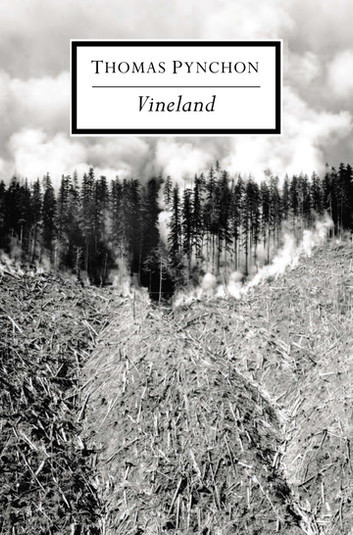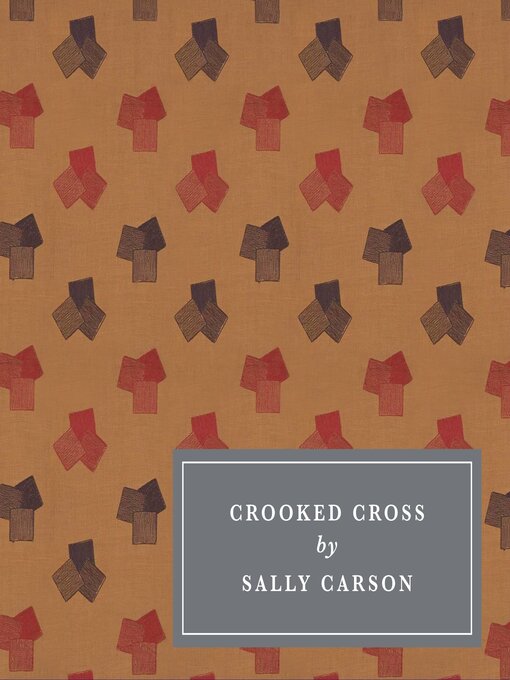Eivind (like the Terrible) started reading Fire fortellinger by Kang Han

Fire fortellinger by Kang Han, Jarne Byhre
Hovedpersonene i Fire fortellinger går alle gjennom en forvandling. I «Min kvinnes frukt» strever en kvinne med å finne sin …
I like big books and I cannot lie
This link opens in a pop-up window
Success! Eivind (like the Terrible) has read 108 of 100 books.

Hovedpersonene i Fire fortellinger går alle gjennom en forvandling. I «Min kvinnes frukt» strever en kvinne med å finne sin …
@TanteGulo@snabelen.no kommer i hvert fall inn som Kuang-fan, men har bare hørt ~30 minutter foreløpig :)

Grad student Alice Law has only ever had one goal: to become the brightest mind in the field of analytic …

Joe Mondragon, a feisty hustler with a talent for trouble, slammed his battered pickup to a stop, tugged on his …

Vi har alltid beundret og misunt fuglene. Drømmen om vinger har fulgt oss helt fra det første mennesket løftet blikket …

Sometimes the hardest journey is the way back home…
Wily Odysseus, King of Ithaca, has won Troy for the …

"Later than usual one summer morning in 1984 . . ." On California's fog-hung North Coast, the enchanted redwood groves …
"Then again, it's the whole Reagan program, isn't it — dismantle the New Deal, reverse the effects of World War II, restore fascism at home and around the world, flee into the past, can't you feel it, all the dangerous, childish stupidity — 'I don't like the way it came out, I want it to be my way.' If the President can act like that, why not Brock?"
— Vineland by Thomas Pynchon
Described in Aggro World as "a sort of Esalen Institute for lady asskickers," the mountainside retreat of the Sisterhood of Kunoichi Attentives stood on a promontory dappled in light and dark California greens above a small valley, only a couple of ridgelines from the SP tracks, final ascent being over dirt roads vexing enough to those who arrived in times of mud, and so deeply rutted when the season was dry that many an unwary seeker was brought to a high-centered pause out in this oil painting of a landscape, wheels spinning in empty air, creatures of the hillside only just interrupting grazing or predation to notice.
— Vineland by Thomas Pynchon
On westbound flights, Zoyd's job at the keyboard, like that of the hula dancers, flame eaters, cocktail waitresses, and bartenders, was to keep passengers from thinking about what lay in store for them on the Honolulu end, the luggage misconnected and untraceable, the absent bus links to hotels which had already lost everybody's reservations, the failure of Jack Lord to show up, as promised in the brochure, for photo opportunities.
— Vineland by Thomas Pynchon

It is Christmas Eve 1932, and the Kluger family are celebrating at home. Their only daughter Lexa is excited about …

Vi har alltid beundret og misunt fuglene. Drømmen om vinger har fulgt oss helt fra det første mennesket løftet blikket …

Discover Stephen Fry’s magnificent retelling of the greatest myths and legends ever told…
No one loves and quarrels, desires …